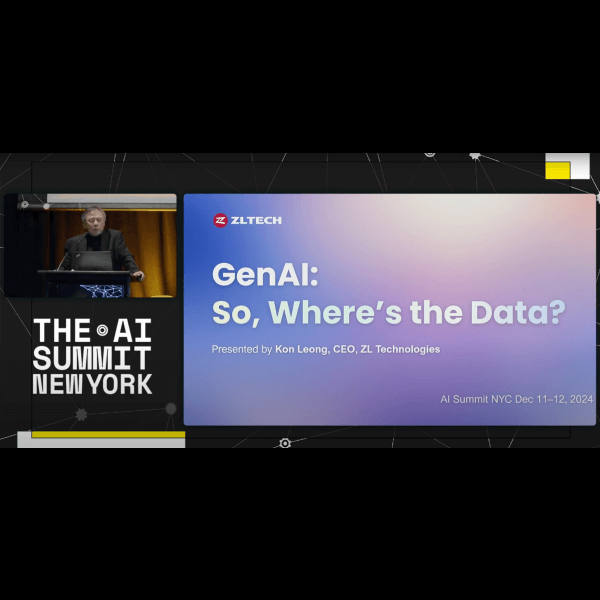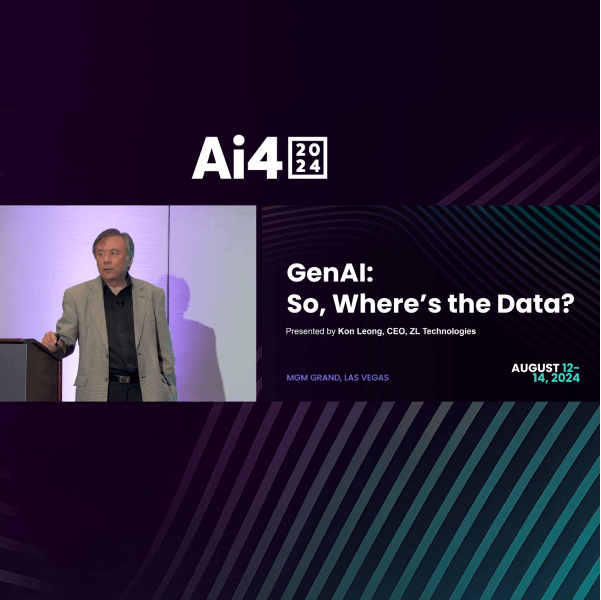The global data sphere is expanding rapidly, producing various data types every second. Such data is frequently categorized into structured and unstructured data types. It is estimated that around 80-90% of the data out there is unstructured and needs managing. Unfortunately, however, not many executives are aware of its existence and much less manage their unstructured data.
Why Manage Unstructured Data?
Businesses deal with massive volumes of unstructured data regularly from a variety of sources, including emails, employee communications, social media comments, customer feedback, reviews, and so forth but it is more than that. One’s ideas, feelings, and views are also considered unstructured data. This data is a treasure trove of insights that can help in decision-making and drafting corporate strategy.
Implementing holistic information management enables organizations to meet compliance requirements while delivering data for business insights. Examples of new requirements include privacy regulations like the General Data Protection Regulation (GDPR) and the California Consumer Privacy Act (CCPA). However, managing unstructured data is a challenging task in and of itself. That is because unstructured data is inherently disorganized and can be found in a variety of formats, such as emails, chats, monthly reports, written documents, photos, videos, and other media. There are often duplicate copies of data in different formats making a thorough analysis challenging, time-consuming, and subject to human bias.
Culling a relevant dataset from such a vast amount of data and transforming it into structured data for analytics is like finding a needle in a haystack. Owing to these challenges unstructured data is often left untapped.
However, this data also contains invaluable business intelligence that would be otherwise invisible from a corporate point of view.
Tapping Unstructured Data for Insights
For many years, the focus of analytics has been on structured data, because of the demanding and time-consuming task of searching, scrubbing, culling, and delivering unstructured data.The ZL Platform helps scrape data sets like emails, messages, and documents shared by the workforce, to analyze the dynamics, sentiment, and key players that drive the business. The tool helps deliver a complete picture of the enterprise without exporting or making copies, enabling organizations to surf the hidden world of knowledge and corporate memory on demand.
All this knowledge can then be used to train AI tools and bring light to the usually hidden side of the enterprise.





